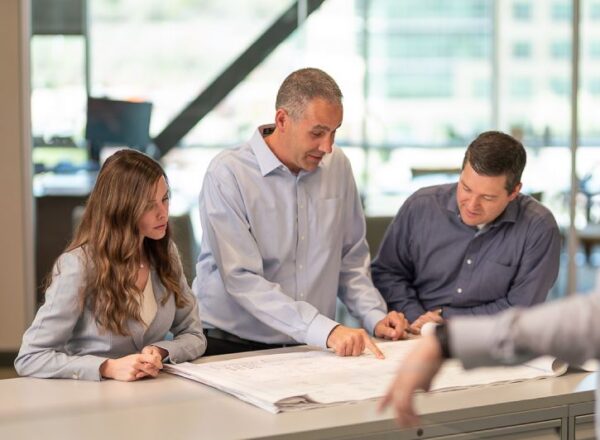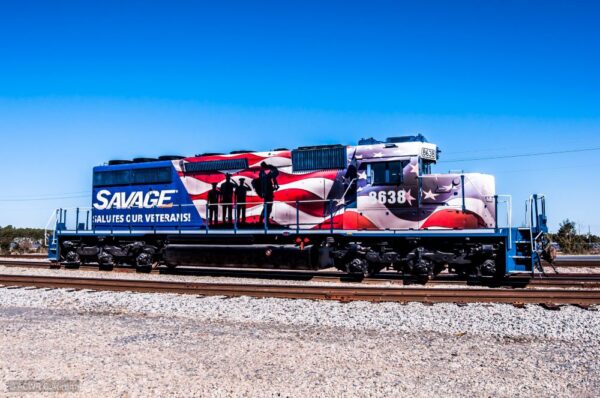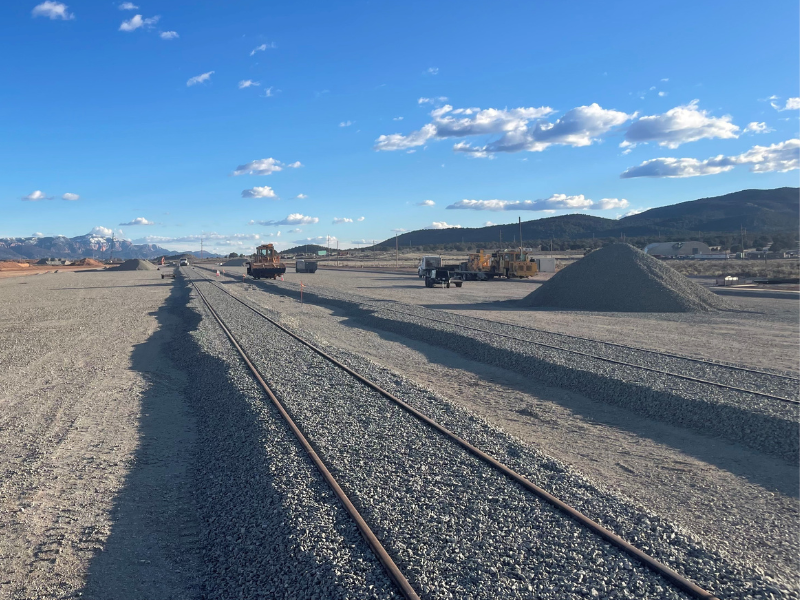
Why Experience Matters in Engineering and Construction
At Savage, we work with Customers whose products fulfill one or more of the goals within our core purpose to Feed the World, Power Our Lives, and Sustain the Planet. This is accomplished when we work together to ensure those products are responsibly sourced, refined, and distributed.
The Big Picture
When starting work on a new opportunity, proper planning is critical to achieving these goals. Each stage of project development fulfills a crucial step. This is especially true when carried out by a competent team of engineers and construction professionals. Their expertise can help in a number of ways:
- Each facility along the product’s journey meet the highest standards of engineering and construction practices.
- Experienced Team Members keep budgets on track and lessen the negative impact of scope and schedule challenges.
- A holistic plan of sequential objectives through a Front-End Loading (FEL) stage gate process can be developed from the beginning to meet the Customer’s needs.
- Working collectively with Customers in a transparent manner will foster trust and engagement.
With the right systems and tools, an engineering and construction team can exceed expectations and deliver cost and schedule certainty to projects.
Competent Engineering and Construction is the Standard
Industrial businesses aim to work efficiently, seize growth opportunities, and end the fiscal year better than when they started. That all comes together when there is harmony between the equipment used and the operational practices.
For Savage VP of Engineering, Construction, and Reliability Shayne Andersen, superior engineering and construction is a product of understanding your Customer’s needs.
“When we do work for a Customer, it’s very important for us to understand and align with their goals,” Andersen said. “You’ve got to put yourself in the Customer’s shoes — understand what keeps them up at night. And then understand their ultimate objectives and what drives their business decisions.”
This is the beginning of creating a custom-made facility for our Customer. Other functions during an FEL stage gate process include:
- Performing constructability reviews to optimize design early rather than in the construction phase.
- Begin value engineering to align on design decisions that improve quality and minimize costs.
- Using Savage’s operational expertise to conduct operability and reliability maintenance reviews. This ensures that every aspect of the completed project operates at maximum efficiencies.
“Those are the things that really set us apart,” says Andersen. “There are few operating organizations that can bring the full umbrella of our DBOOM (design, build, own, operate, and maintain) model to delivery predictability and value.”
For Andersen and his team, this model is the standard, and is how Savage’s Customers create their own good fortune post project completion.
Good Project Development is a Team Effort
While superior engineering and construction is essential to seeing your goals achieved, it’s only one part of the formula. Stakeholders want to know that when they undertake an important project, the Team Members directing it can make an impact.
“Once we understand the order of magnitude,“ says Andersen, “such as capacity factors and volumes for our core business – we are very good at further developing definitive scopes, schedules, and budgets that align with our Customer during the development process.”
With this baseline knowledge, Savage’s project development experts add value. The team works with the Customer to:
- Acknowledge and define the project’s scope, reigning in with appropriate guardrails.
- Create and adhere to a definitive schedule.
- Manage the budget by applying proper project control methods.
Front-End Loading and your Budget
According to Michael Austin, Savage’s director of project development, this type of early front-end loading (FEL) is critical in helping the Customer understand how far their budget can take them. Perhaps they will need to scale back on parts of their project’s scope and scale.
“In the FEL process, you can design and value engineer unnecessary elements based off of an iterative design phase as you’re doing your study,” Austin said. “You may have a smaller chunk of the project finished, but you’ve developed the study enough to weigh your design options. Or, you can take something on later when you’re more capable.”
Andersen agreed, noting good project development allows partners to gain alignment in the earliest stages. “You really come to understand with your Customers on how to build a solid overall execution strategy,” he said.
That doesn’t mean Customers can’t expand their vision during the front-end engineering design (FEED) process. The inverse can also be true. Such perspective can give them courage to reach for the greater goal.
“Or the study could push the design and project size to go the opposite direction,” Austin describes. “The Customer realizes they can execute a bigger chunk of this project so let’s go ahead and just do it now.”
For major engineering and construction jobs, the freedom to iterate is a result of close teamwork and competent project development. With the full scope of the task discovered in these FEL studies, you will feel a sense of confidence and ownership in the stage gate process you and Savage develop together.
Find Confidence in the Right Stage Gate Process
When the project is officially underway, the last thing an owner wants to feel is a lack of forward propulsion. This is where the right stage gate process makes all the difference. This plan has a few distinct features:
- Each stage represents a development point that gives Savage and the Customer more confidence in their capital commitments.
- Crucial relationships with contractors are managed and contracting strategies are put in place.
- Every aspect of superior engineering and construction, from engineering, to procurement, to construction, is taken care of with the highest attention to detail from qualified Team Members.
“The beauty of the stage gate process for FEL is that you’re looking at the project from a holistic perspective broken into stages that provide better clarity,” explains Austin. “That’s the whole point of a FEL or FEED study.”
This type of clarity helps Savage align with strategic engineering and construction partnerships, all to the benefit of the Customer. Once all of the stakeholders have completed the stage gate process, projects move forward expeditiously with cost control measures in place.
“With our engineering and construction partners, they’re basically an extension of Savage,” Andersen said. “We have strategic contractors that we work with, with whom we can incentivize a contract to perform to the budget they committed to, and for the scope we aligned on.”
An Experienced Engineering and Construction Team Makes All the Difference
Savage knows that for its Customers, quality is everything, and process matters. To improve sustainability efforts, project development had to improve first, prior to making significant Capital commitments.
For Savage Director of Capital Projects Joe Lipzinski, providing a smooth transition from the FEL stage to the execution stage is all about the team involved.
“At Savage, we are purposeful in engaging our seasoned construction experts in the later stages of the FEL process,” Lipzinski said. “It complements the efforts driven by the engineering teams. And we know it is critical to assess the means and the methods of construction during the project’s design phase. This allows proper vetting and provides buy-in to the scope, schedule, and budget by the field teams responsible for execution.”
By involving the construction team in the FEL process, Savage ensures the project is “shovel-ready.” In other words, when the Customer decides to move forward with the project, we’re ready.
“With our ability to finance and draw decades of strength of operating best practices, we provide something few others do,” said Andersen. “There are not too many facilities that we would not go out and build.”
By bringing this type of operational coverage and expertise to bear in a stage gate process, we help our Customers create the business they want, how they want.
To learn more about how Savage’s engineering and design team can help with your latest project, contact us today.



